Best Night Sky Events of May 2016 (Stargazing Maps)
New Moon, May 2016
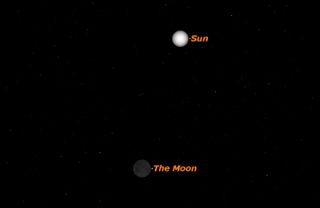
Friday, May 6, 3:30 p.m. EDT. The moon is not visible on the date of New Moon because it is too close to the sun, but can be seen low in the east as a narrow crescent a morning or two before, just before sunrise. It is visible low in the west an evening or two after New Moon.
First Quarter Moon, May 2016
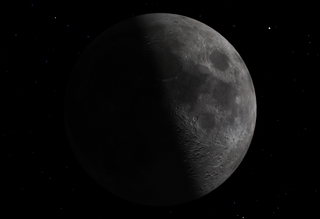
Friday, May 13, 1:02 p.m. EDT. The First Quarter Moon rises around 12:30 p.m. and sets around 2:30 a.m. It dominates the evening sky.
Full Moon, May 2016
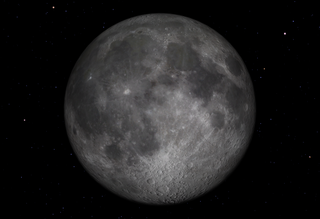
Saturday, May 21, 5:14 p.m. EDT. The May Full Moon is known as the Milk Moon, Flower Moon, or Corn Planting Moon. It rises around sunset and sets around sunrise; this is the only night in the month when the moon is in the sky all night long. The rest of the month, the moon spends at least some time in the daytime sky.
Last Quarter Moon, May 2016
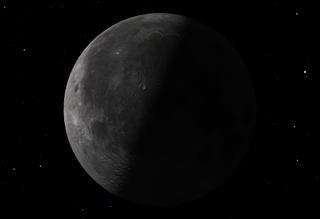
Sunday, May 29, 8:12 a.m. EDT. The Last Quarter Moon rises around 1:45 a.m. and sets around 1:15 p.m. It is most easily seen just after sunrise in the southern sky.
Double shadow transit on Jupiter, May 2016
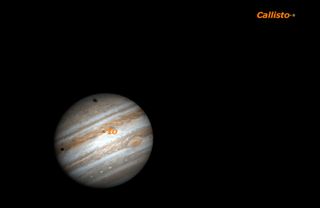
Saturday, May 7, 12:39–1:42 a.m. EDT. Shadows of Io and Callisto cross Jupiter simultaneously. The sun is behind us to the right, and Io is much closer to Jupiter than Callisto, so that its shadow is much closer to the moon casting it.
Transit of Mercury, May 2016

Monday, May 9, 7:12 a.m.–2:42 p.m. EDT. For 7 1/2 hours, Mercury will be visible crossing the face of the sun. A telescope with proper solar protection and magnifying at least 60 times is needed to see Mercury’s tiny disk.
Jupiter 2 degrees north of moon, May 2016
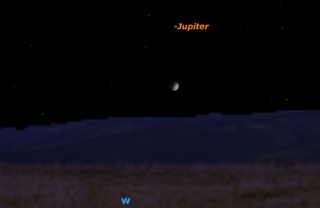
Sunday, May 15, 2 a.m. local time. The waxing gibbous moon will pass just south of Jupiter.
Get the Space.com Newsletter
Breaking space news, the latest updates on rocket launches, skywatching events and more!
Mars at opposition, May 2016
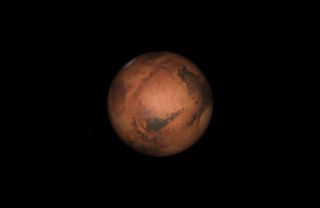
Sunday, May 22, 7 a.m. EDT. Mars is directly opposite the sun in the sky, and is visible all night long.
Mars closest to Earth, May 2016

Monday, May 30, 6 p.m. EDT. Because of Mars’ elliptical obit, it is actually closest to Earth 8 days past opposition. This is the closest Mars has been to Earth since 2005.
Mercury, May 2016
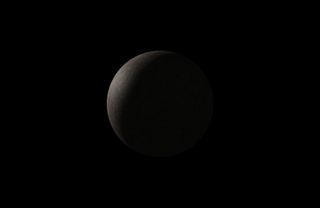
Mercury transits in front of the sun on May 9. It will be well placed in the morning sky for observers in the Southern Hemisphere after May 19.
Venus, May 2016
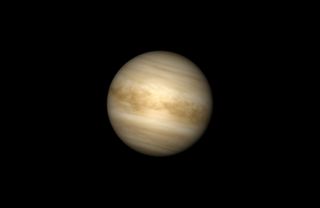
Venus is too close to the sun to be observed.
Join our Space Forums to keep talking space on the latest missions, night sky and more! And if you have a news tip, correction or comment, let us know at: community@space.com.

Geoff Gaherty was Space.com's Night Sky columnist and in partnership with Starry Night software and a dedicated amateur astronomer who sought to share the wonders of the night sky with the world. Based in Canada, Geoff studied mathematics and physics at McGill University and earned a Ph.D. in anthropology from the University of Toronto, all while pursuing a passion for the night sky and serving as an astronomy communicator. He credited a partial solar eclipse observed in 1946 (at age 5) and his 1957 sighting of the Comet Arend-Roland as a teenager for sparking his interest in amateur astronomy. In 2008, Geoff won the Chant Medal from the Royal Astronomical Society of Canada, an award given to a Canadian amateur astronomer in recognition of their lifetime achievements. Sadly, Geoff passed away July 7, 2016 due to complications from a kidney transplant, but his legacy continues at Starry Night.
